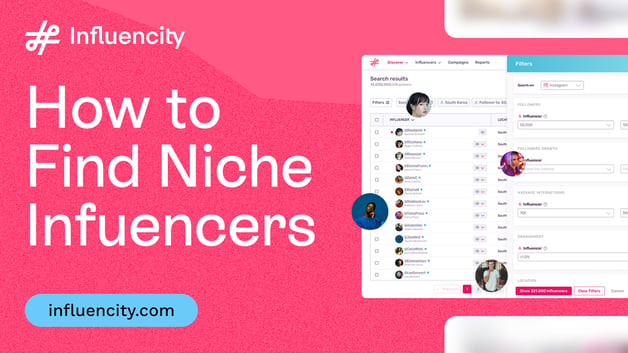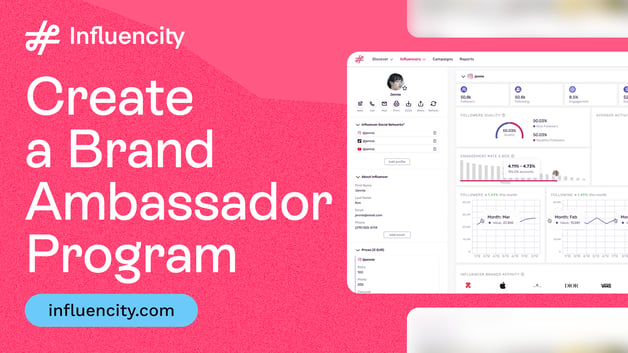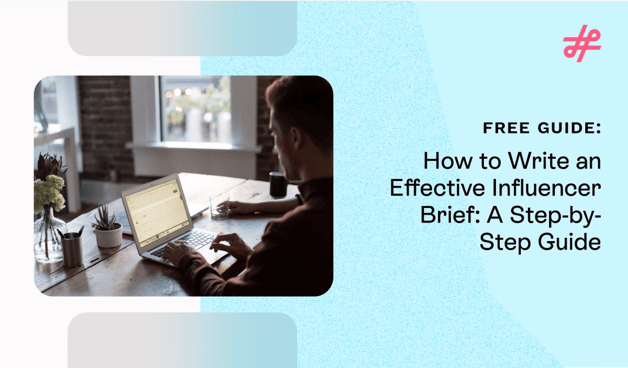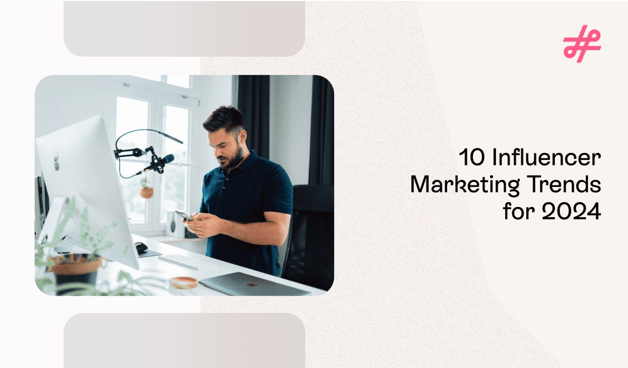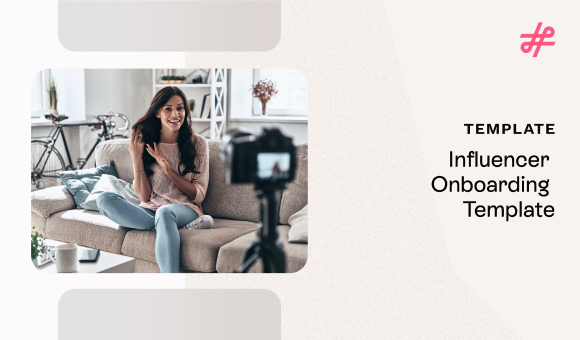Influencer Marketing
AI-Powered Influencer Analytics: How to Leverage Predictive Analytics for ROI
Influencer Marketing
Influencer marketing has always come with a level of uncertainty. You can review follower counts, engagement rates, and past campaign stats. But even with all that information, there’s no guarantee. Will the influencer’s audience truly connect with your brand? Will your investment lead to meaningful results, or just a pile of likes?
The challenge runs deeper than guesswork. For years, influencer marketing has been bogged down by manual processes and surface-level metrics that reveal little about real business impact. It’s made scaling difficult. Especially with micro and nano-influencers, who often deliver the highest engagement but are the hardest to evaluate at scale.
Without clear, data-driven insights, marketing teams have been forced to rely on gut instincts. This has kept influencer budgets unnecessarily constrained and prevented the channel from earning its rightful place alongside other proven performance tactics.
Predictive analytics is changing that. By turning historical campaign data into forward-looking insights, AI tools help marketers move from guesswork to strategy. They forecast results before the first post goes live, identify creators who genuinely align with your audience, and detect fraud before it drains your budget.
These tools finally give influencer marketers a way to prove long-term value—not just clicks and likes, but meaningful contributions to customer lifetime value.
In this guide, we’ll explore how predictive analytics helps brands choose the right influencers, prevent fraud, optimize campaigns in real time, and back up their strategies with results that matter.

AI & Influencer Tracking: What’s Changing?
The old way of evaluating influencers was mostly reactive. You’d launch a campaign, watch the numbers roll in, and hope the results matched your expectations.
AI is flipping that process on its head, bringing more certainty before the campaign even begins. Instead of waiting to see what happens, predictive analytics helps you forecast likely outcomes, flag risks, and make adjustments early.
Here’s what’s changing:
Fraud Detection: Spot Fake Engagement Before You Partner
AI tools can analyze influencer profiles at scale to identify red flags, such as suspicious follower spikes, bot-generated comments, and unusually low engagement rates. This helps brands avoid wasting budget on fake audiences that won’t move the needle.
Predictive Performance Metrics: Forecast ROI, Don’t Just Measure It
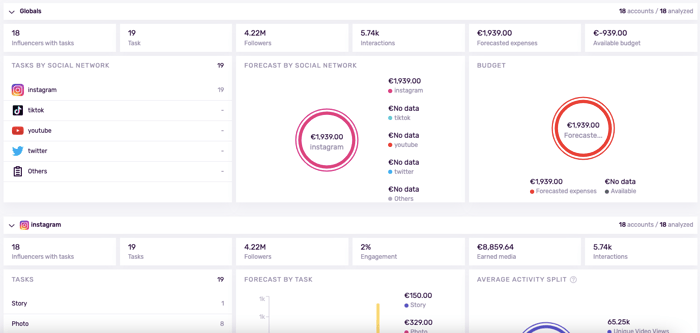
Past performance is useful. However, predictive analytics takes it a step further. It identifies patterns in historical data to estimate how an influencer is likely to perform on your next campaign. Think of it as getting a performance forecast, not just a report card after the fact.
Advanced Audience Analysis: Focus on Fit, Not Just Followers
AI doesn’t just count audience size. It looks at who those followers actually are. It helps ensure the influencer’s audience aligns with your brand’s target market, from demographics to interests and engagement behaviors.
Automated Campaign Optimization: Adjust in Real Time
Some AI tools can actively optimize your influencer campaigns while they’re running. They automatically reallocate budget toward the top-performing creators or content formats. This helps improve results in real time.
Pro Tip: Influencer marketing misfires often come down to a poor brand-influencer match. AI tracking helps you avoid these costly mismatches by analyzing not just who has an audience, but whether that audience is likely to care.
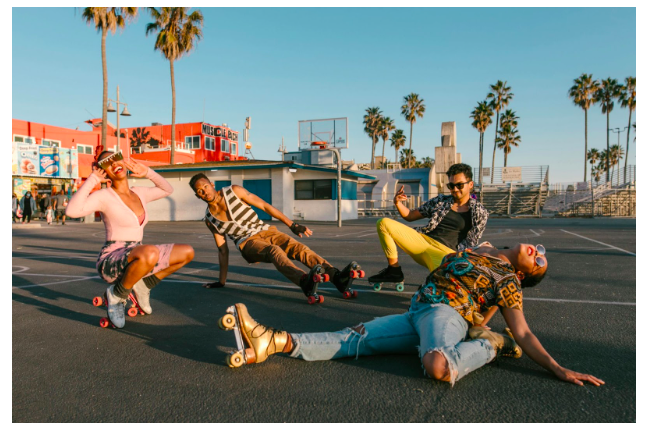
How Predictive Analytics Helps You Choose the Right Influencers
Finding the right influencer isn’t just about who has the biggest following—it’s about who can actually move your audience to action. But predicting that isn’t always obvious from surface-level stats like follower count or even past engagement rates.
This is where predictive analytics offers a major advantage.
By analyzing historical data across campaigns, audiences, and content types, AI-powered tools can help brands and agencies forecast which influencers are most likely to deliver real results, not just impressions.
Engagement Rate Predictions: Look Ahead, Not Just Back
Instead of relying on what an influencer’s engagement looked like last month, predictive models estimate how that engagement is likely to trend going forward. Are they on the rise or past their peak? Are audience interactions holding steady, or starting to slip?
This forward-looking view helps you avoid betting on momentum that may not last.
Conversion Likelihood: Focus on Influencers Who Drive Action
Plenty of creators can generate excitement. But how many can actually drive sales, signups, or other meaningful actions? Predictive analytics identifies which influencers are most likely to convert their audience into customers based on patterns in past campaign data.
Brand Affinity Scores: Prioritize Audience Fit Over Audience Size
It’s not just about finding influencers with an audience—it’s about finding the ones with the right audience. AI-powered tools can evaluate content themes, engagement quality, and audience characteristics to score how well an influencer aligns with your brand values and target customer profile.
Agency Tip: Don’t wait until after a campaign to find out if you picked the right influencer. Use AI-powered tools like Influencity’s predictive analytics to pre-screen creators and focus your budget where it’s most likely to pay off.
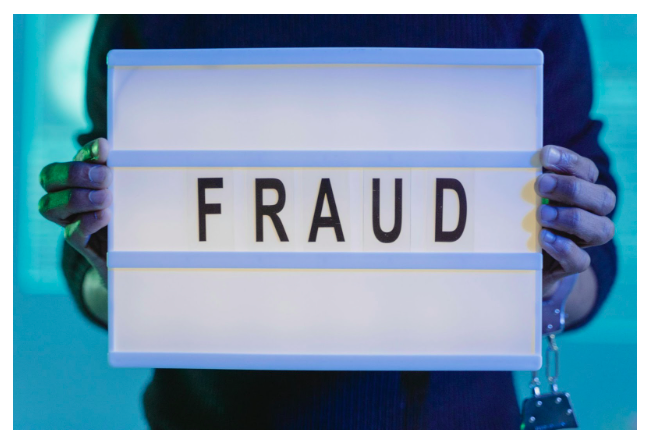
Using AI for Fraud Detection: Stop Fake Engagement Before It Hurts ROI
Not all followers are real.
And not all engagement is meaningful.
One of the biggest risks in influencer marketing is investing in creators whose audiences aren’t as authentic as they appear. Fake followers, bots, and engagement pods can inflate numbers on the surface—while leaving your campaign results flat.
AI makes it easier to spot these red flags early, so you don’t waste budget on partnerships that won’t deliver.
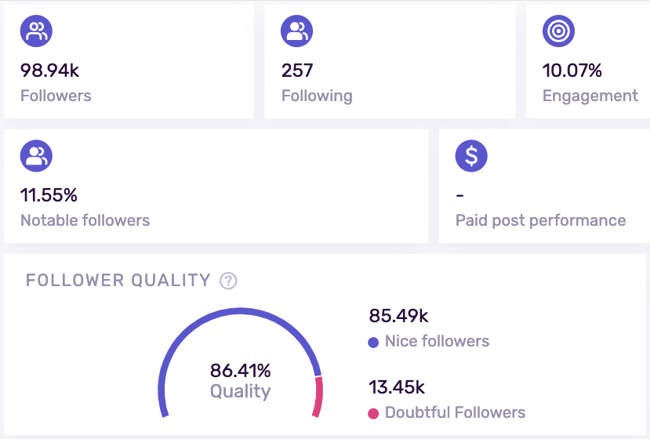
🚩 Unusual Follower Growth: Sudden Spikes Can Signal Trouble
A rapid jump in followers might look impressive—but it could also be a sign of purchased followers or bot accounts. AI-powered fraud detection tools can flag these suspicious patterns, helping you focus on creators with steady, organic growth.
🚩 Bot-Generated Comments: Repetitive, Generic Replies Are a Warning Sign
When comments look like copy-paste jobs (“Nice post!” “Great pic!” repeated hundreds of times), it’s often a sign of inauthentic engagement. AI can analyze comment patterns to detect bot behavior or low-quality engagement tactics.
🚩 Low Engagement-to-Follower Ratio: Lots of Followers, Few Interactions
If an influencer has thousands of followers but only a handful of likes or comments, that’s a red flag. Authentic audiences tend to interact consistently. AI tools can quickly calculate these ratios across large groups of influencers to help you spot accounts where the numbers just don’t add up.
Agency Tip: Screen every influencer profile with fraud detection tools before finalizing your selection. This easy step helps you avoid creators with a high number of fake or bot followers and ensures your campaigns deliver real impact for clients. By catching suspicious patterns early, you protect your client's budget and your agency's reputation.
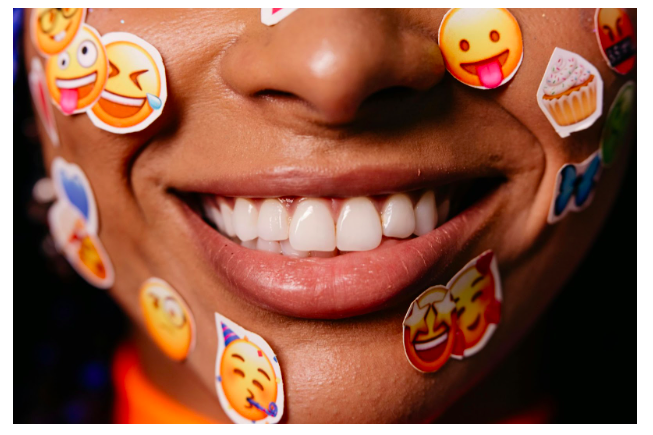
Automating ROI Calculation with AI (and Why It Matters)
Proving the value of influencer marketing has always been a challenge. Metrics like likes, views, and shares might look good in a report—but they don’t always tell the full story about return on investment.
AI is changing that by making ROI tracking smarter, faster, and more actionable.
Today’s AI tools go beyond basic performance metrics. They connect the dots between influencer activity and real business outcomes—whether that’s sales, sign-ups, or long-term customer value.
Real-Time Performance Tracking: Know What’s Working (While It’s Happening)
Instead of waiting until the end of a campaign to see results, AI can track influencer performance as the campaign unfolds. This real-time view allows brands and agencies to spot what’s working and where adjustments might be needed before the budget is spent.
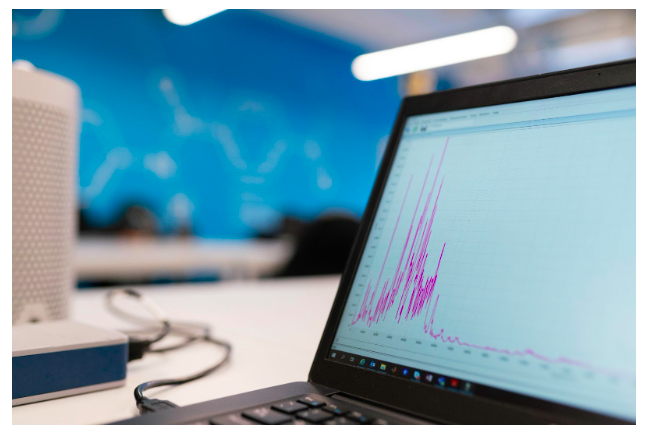
Smarter Budget Allocation: Automatically Prioritize Top Performers
AI doesn’t just report results. It can recommend where to shift spend to maximize impact. If certain influencers, posts, or platforms are outperforming others, AI tools can help you reallocate resources on the fly, so you’re always putting your budget where it’s getting the best return.
Predicting Long-Term Value: Move Beyond Vanity Metrics
It’s easy to focus on immediate results like clicks or impressions—but smart marketers know that customer lifetime value (CLV) often matters more. AI helps estimate the long-term impact of influencer partnerships by analyzing patterns in repeat purchases, customer engagement, and retention over time.
Agency Tip: Use AI-driven insights to tell a stronger story about campaign success. When you can clearly show ROI and long-term value, it’s easier to justify bigger budgets and build client trust.
AI Tools Making It Happen (and How Agencies Are Using Them)
AI-powered analytics isn’t just about having access to more data. It’s about getting the right insights at the right time, without the manual work that slows campaigns down.
From influencer discovery to performance reporting, here are some of the key AI tools that are helping agencies and brands work smarter, not harder.
AI Social Listening: Keep a Pulse on Sentiment and Trends
Social listening tools powered by AI help you track not just what people are saying, but how they’re saying it. Are audiences reacting positively to your campaign? Is a particular product or message starting to gain traction? AI enables the automatic monitoring of sentiment across platforms, allowing you to catch shifts early and respond strategically.
Automated Influencer Reports: Save Time Without Losing Detail
Building influencer reports manually can eat up hours of agency time. AI-driven tools streamline the process, pulling together key metrics like engagement rates, audience demographics, and ROI calculations into clear, easy-to-share reports. That means less time crunching numbers—and more time optimizing strategy.
Predictive ROI Dashboards: See the Future, Not Just the Past
While traditional dashboards show what’s already happened, AI-powered dashboards can forecast likely outcomes. They give brands and agencies a forward-looking view of campaign performance, helping teams make proactive decisions rather than reactive ones.
Agency Tip: AI-powered insights aren’t just about efficiency. They’re about helping your agency make smarter, faster decisions that improve client results and strengthen relationships.
Conclusion: AI-Powered Analytics = Smarter Influencer Marketing
Influencer marketing will always have an element of creativity, but the smartest strategies today are backed by data, not gut instinct alone.
Predictive analytics gives brands and agencies the power to move beyond surface-level metrics. It helps you choose the right influencers, avoid fraud, optimize campaigns in real time, and prove ROI with confidence.
With AI in your toolkit, you can stop guessing and start forecasting. You can catch problems before they derail your results and spot opportunities before your competitors do.
If you're ready to bring more certainty, clarity, and impact to your influencer marketing, explore how Influencity’s AI-powered analytics can help. Because the best campaigns aren’t just creative. They’re strategic.
Tags:
Predictive Analytics
Lynne Clement
Lynne Clement knows influencer marketing from every angle, having worked across agencies, brands, and platforms for nearly 20 years. Her insights come from marketing experience at Procter & Gamble, leading marketing strategy and execution at a top influencer agency, and working inside an influencer platform. During...







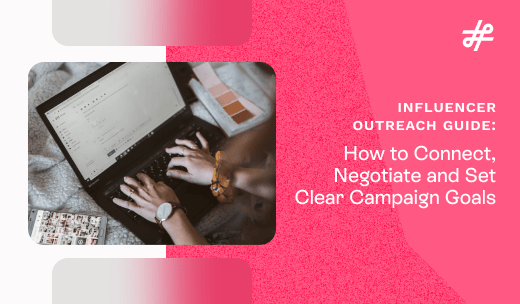
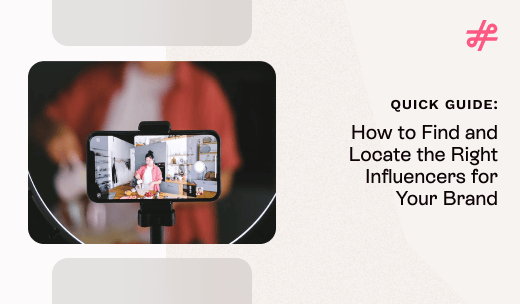



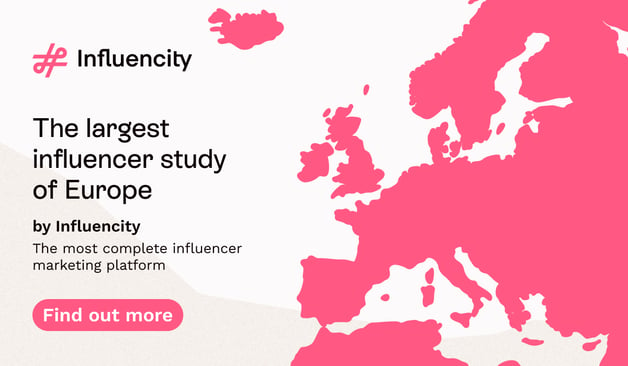

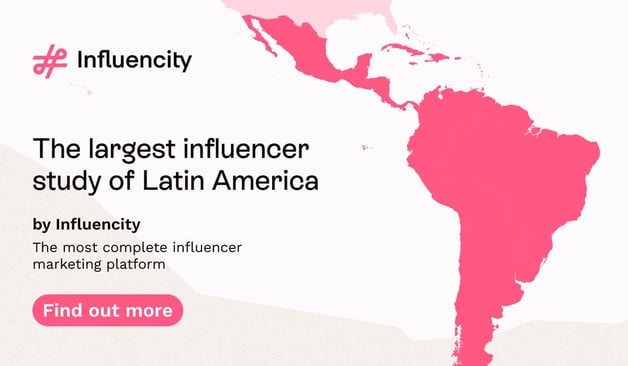


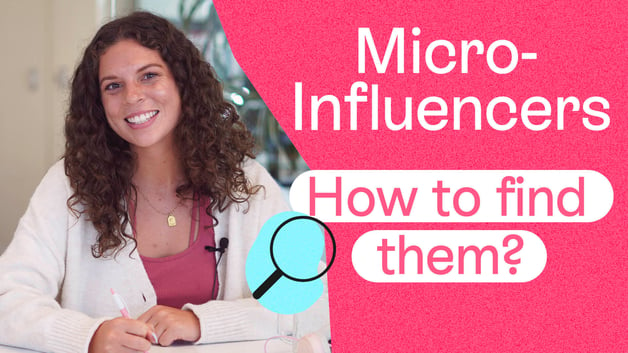


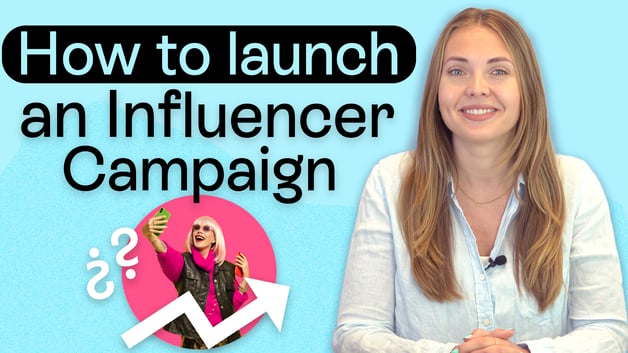



%20and%20How%20Can%20They%20Benefit%20Your%20Brand%20article.jpg?length=628&name=What%20Are%20Key%20Opinion%20Leaders%20(KOL)%20and%20How%20Can%20They%20Benefit%20Your%20Brand%20article.jpg)
